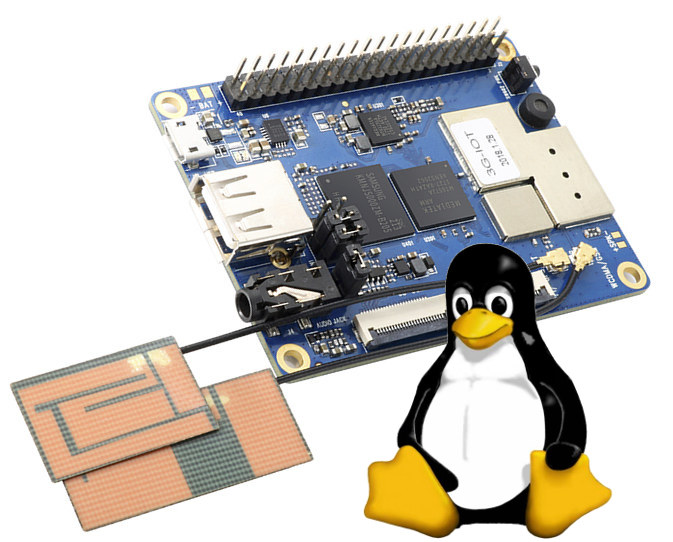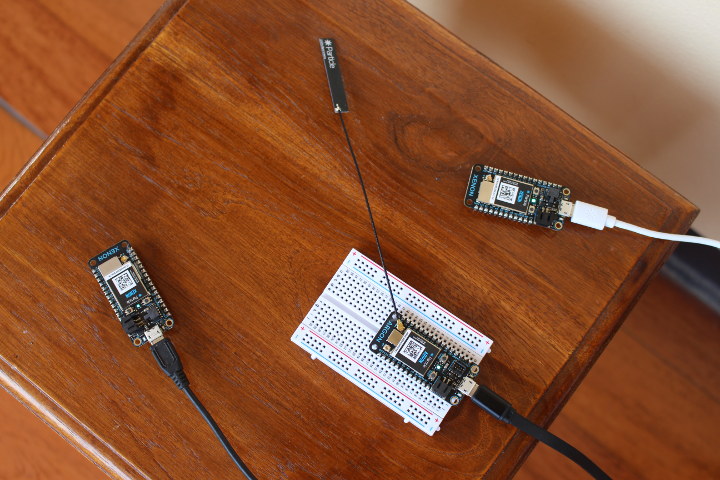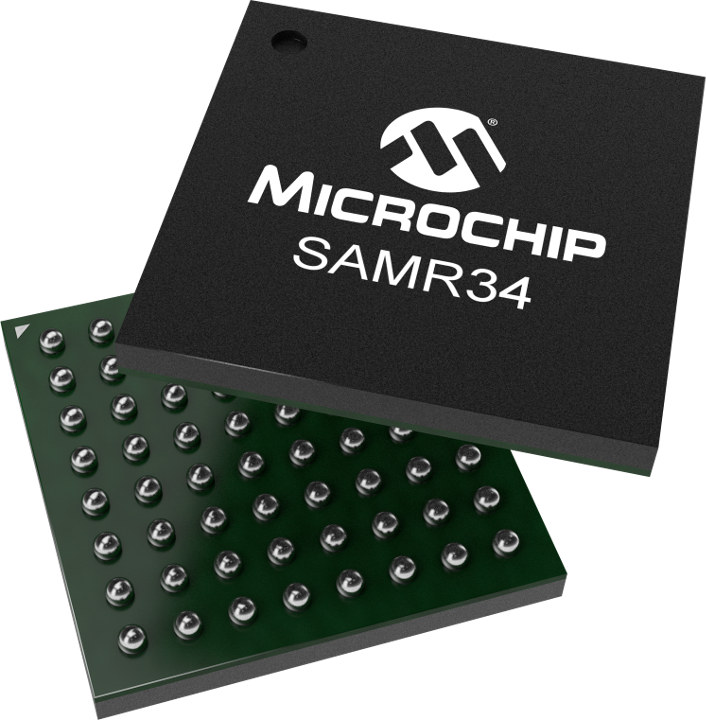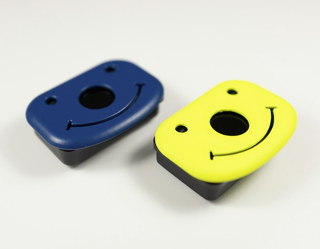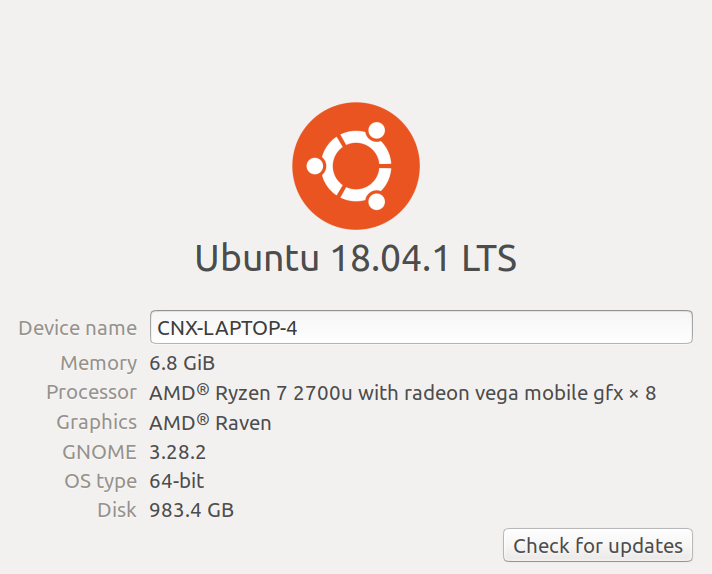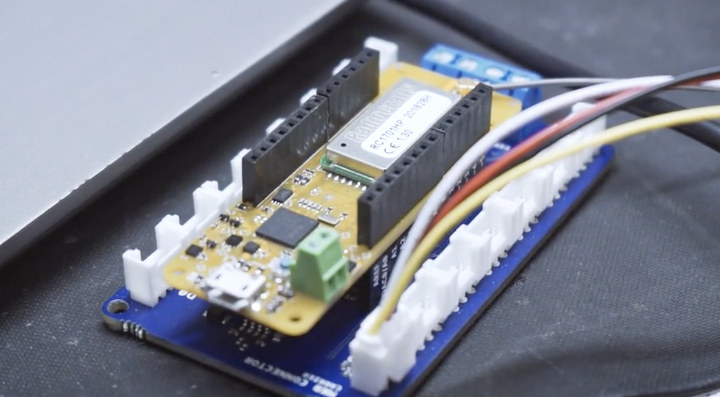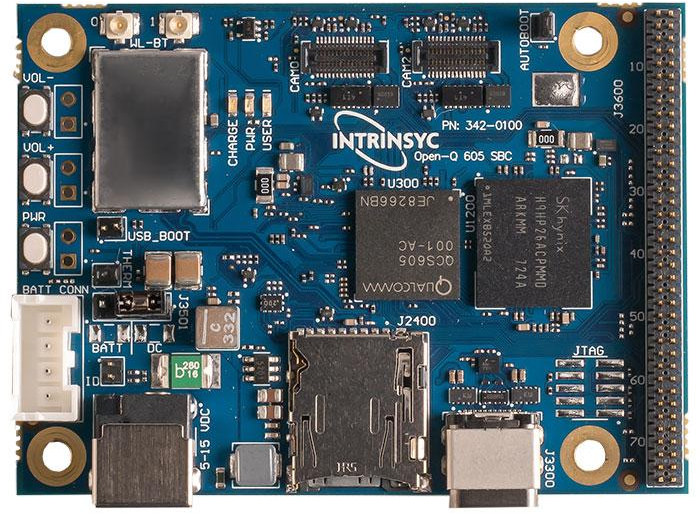Shenzhen Xunlong has launched several cellular IoT boards over the last few years with Orange Pi 2G-IoT, Orange Pi 3G-IoT and Orange Pi 4G-IoT, but each time, they are launched with Android support only. Linux support on the 2G board has never been great, while the Android 8.1 SDK for Orange Pi 4G-IoT was released earlier this year, but no Linux image are available. This leaves us with Orange Pi 3G-IoT board that just got its first Linux based firmware images released today on both Baidu and Google Drive cloud storage storage services. Four images are available for Orange Pi 3G-IoT-A (256MB DDR2) and Orange Pi 3G-IoT-B (512MB DDR2) boards with images booting from eMMC flash or micro SD card. A shell script (tar_image.sh) is provided to flash the image to the micro SD card since the latter for follow a specific partition layout. Sadly, there’s no mention of the […]
Particle Mesh Networking Review – Part 2: Getting Started Guide with Argon & Xenon
I’ve recently received a Particle Mesh IoT Development Kit with one Argon WiFi + Mesh (802.15.4) board acting as gateway, three Xenon Mesh boards, and various sensors and accessories. I’ve already showcased the hardware in the first part in the review, so in this post I’ll post my experience getting started with Particle Mesh networking using the kit. Beside the kit, you’ll need a few micro USB cables, a mobile phone running Android or iOS, a reliable Internet connection (more on that later), and a host PC for programming and debugging potential issues. Setting Up Particle Argon & Xenon boards First we’ll need to configure / setup the boards. Go to https://setup.particle.io to login or create an account if you don’t already have one, and you should be brought the following page. Select Mesh, and you’ll be asked to setup a gateway first. Any of the boards from Particle Mesh […]
Wistrio LoRa Tracker RK5205 Complies with 96Boards IoT Edition Specification
It’s not hard to find a LoRa GPS tracker board such as Rak Wireless RAK811 these days, but if for some reasons, you’d also like your board to comply with 96Boards IoT Edition form factor, Rak Wireless just launched Wistrio LoRa Tracker RK5205 for $49.50 plus shipping on Aliexpress and Amazon. Wistrio specifications: LoRa Module – RAK5205 module with SX1276 LoRa chipset, STM32L1 Arm Cortex-M3 microcontroller LoRa Connectivity LoRaWAN 1.0.2 protocol OTAA/ABP activation Programmable bitrate up to 300 Kbps Support for global bands: EU433, CN470, EU868, US915, AS923, AU915, KR920, and IN865 SMA & iPEX antenna options Location – Quectel L76-L GNNS chip supporting GPS, GLONASS, Galileo and QZSS system (pin-to-pin compatible with u-blox Max7) Sensors – LIS3DH 3-axis accelerometer, BME680 environmental sensor reporting gas, pressure, humidity and temperature data Expansion Header – I2C, GPIOs, UART and ADC Power Supply – Rechargeable battery via micro USB port, or 5V […]
Microchip Releases Tiny SAM R34/R35 LoRa SiPs and Development Kit
Microchip has been offering RN2483 & RN2903 LoRa modules for respectively 868 MHz and 915 MHz frequencies for several years, but the company has now announced SAM R34 and SAM R35 LoRa systems-in-package (SiP) that offer similar functionality in a much smaller form factor. Both SiPs integrate a Microchip SAM L21 Arm Cortex-M0+ based MCU,a sub-GHz RF LoRa transceiver operating from 862 to 1020 MHz, and a software stack. That means you don’t need different SiP depending on the region, and the only difference between SAM R34 and SAM R35 is the latter does without a USB interface for lower cost. Microchip SAM R34/R35 key features and specifications: MCU – Arm Cortex M0+ MCU @ 48 MHz System Memory – Up to 40 KB RAM including 8KB LP-RAM Storage – Up to 256 KB Flash for application code and stack Wireless Connectivity 862 MHz to 1020 MHz coverage Up to 20 […]
PyGo Wearable Devices Create LoRa Mesh Networks (Crowdfunding)
Pycom has made some interesting IoT boards running MicroPython in the past starting with WiFi capable WiPy in 2015, and followed by various others supporting various wireless standard including Bluetooth, LoRa, Sigfox, and NB-IoT with LoPy and Fipy. The company launched all their boards via crowdfunding campaigns, and they are now back on Kickstarter for their PyGo plug-n-play wearable devices creating PyMesh networks with up to 12km range between nodes, and managed using Pylife mobile app. Typical use cases include basic connectivity (e.g. messaging) in remote areas without cellular access, and assets / pets / kids location tracking, There are two version of PyGo: PyGo1 with mesh networking only, and PyGo2 that adds cellular network access. Pygo hardware specifications: SoC – Espressif Systems ESP32 dual core WiFi 4 + BLE SoC System Memory – 64 Mbit (8MB) RAM Storage – 8MB flash Display – 128×36 OLED display Connectivity PyMesh up […]
Ubuntu 18.04 To Get 10 Years Long Term Support
Canonical releases new Ubuntu versions every six months, but most of those are then supported for 9 months only. If you want long term support, you need to install the LTS (Long Term Support) version released every two years such as Ubuntu 16.04 or Ubuntu 18.04 which are supported (for free) for 5 years. If for whatever reasons you cannot or do not want to update after 5 years, the system will not get any security fixes, unless you purchase a Ubuntu Advantage subscription with Extended Security Maintenance, which allows you for example to run a fully supported Ubuntu 12.04 (Server) until April 2020 (8-year support). But this will change for the better, as ZDNet reports that Mark Shuttleworth told the audience at a keynote at the OpenStack Summit in Berlin that Ubuntu 18.04 support will be extended from 5 years to 10 years “In part because of the very […]
Allwize K2 IoT Board Supports 169MHz Wize LPWAN Protocol (LoRa alternative)
LoRa, Sigfox, and NB-IoT are probably the most popular low power long range wireless protocols for the Internet of Things, but there are several others, including one I had never heard of: Wize. The Wize Low Power Wide Area Network (LPWAN) protocol has been created in late 2017, leverages the “old and refurbished” 169 MHz frequency, support up to 20 km range, 20-year battery life, and is managed by the Wize Alliance with members including STMicroelectronics, Suez, Sagecom, Renesas, Analog Devices, Silicon Labs and many others. Despite being a recent protocol, the table below claims 3 millions of deployment for Wize, and showcases some of differences against LoRa, NB-IoT, and Sigfox. You may be confused as how the standard was created in at the end of 2017, but there are so many deployments, and 13 years experience. It appears Wize is derived from the older EN 13757 standard for gas […]
Intrinsyc Open-Q 605 SBC is Powered by Qualcomm QCS605 IoT Processor
Qualcomm QCS603 / QCS605 “Internet of Things” processors were announced last spring as the first “Qualcomm Vision Intelligence Platforms” from the company and designed for artificial intelligence and computer vision applications. Both SoCs are octa-core processor with two performance Kryo 300 Gold cores, and six efficiency Kryo 300 Silver cores, but QCS605’s big cores are clocked at a higher 2.5 GHz frequency, and the processor comes with better 802.11ac Wave2 WiFi, support for up to 32MB camera, and 4K video capture. However so far, there was no development platform publicly available, and this has just changed with Intrinsyc announcing Open-Q 605 single board computer (SBC) and development kit featuring Qualcomm QCS605 vision intelligence platform. Open-Q™ 605 SBC Specifications SoC – Qualcomm QCS605 octa-core processor with 2x high-performance Kryo 300 Gold cores up to 2.5 GHz, 6x low-power Kryo 300 Silver cores up to 1.7 GHz, Hexagon 685 DSP with Hexagon vector […]


